#boreal forests
Link
Excerpt from this story from EcoWatch:
The National Resources Defense Council (NRDC) has just released its Issue With Tissue report for 2022, and while it does show some progress in regards to sustainable bathroom tissue, the findings also show that many major toilet paper companies are destroying Canada’s boreal forests. Boreal forests are crucial to our planet, as they store 30% to 40% of land-based carbon.
In the new scorecard, the NRDC notes that major companies, including P&G, Kimberly-Clark and Georgia-Pacific have received F scores for top brands such as Angel Soft, Charmin, Cottonelle and Quilted Northern. These companies are sourcing virgin forest fibers from primary boreal forests for their toilet tissue products. Other retailers, including Aldi, Lowe’s, Home Depot and Walmart, also received F scores for their toilet paper.
Scores were based on factors including percentage of recycled content, percentage of virgin fibers, FSC certification, the bleaching process, and for products made with virgin fibers or non-FSC bamboo, the judges determined whether or not the fibers were sourced from primary forests.
While many of the 60 toilet paper products surveyed received Fs, there were an increasing number of products earning higher markings with more sustainable options for consumers. Twelve products received A or A+ scores.
Some of the top marks went to Trader Joe’s, Green Forest and Natural Value. H-E-B’s Field and Future toilet paper, Kroger’s Simple Truth toilet paper, Target’s Everspring toilet paper and Seventh Generation Extra Soft & Strong toilet paper were among those earning A scores.
24 notes
·
View notes
Text
Restoring Forests to Fight Climate Change
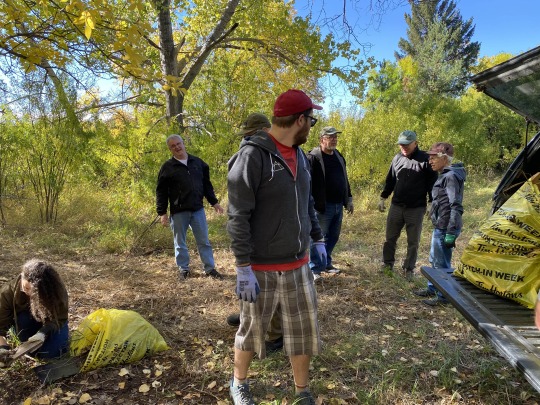
View On WordPress
#adaptation#air#air cooling#anthropogenic warming#biophysical processes#boreal climates#boreal forests#carbon capture#carbon dioxide#CARBON EMISSIONS#carbon sequestration#CARBON SINK#carbon storage#climate#Climate Adaptation#climate change#climate policy#climate protection#Climate Resilience#climate stability#climate strategies#conservation#cooling#deforestation#eastern United States#Ecosystem#ecosystem conservation#ecosystem health#ecosystem recovery#Ecosystem Restoration
0 notes
Text
Wildfires in Siberia
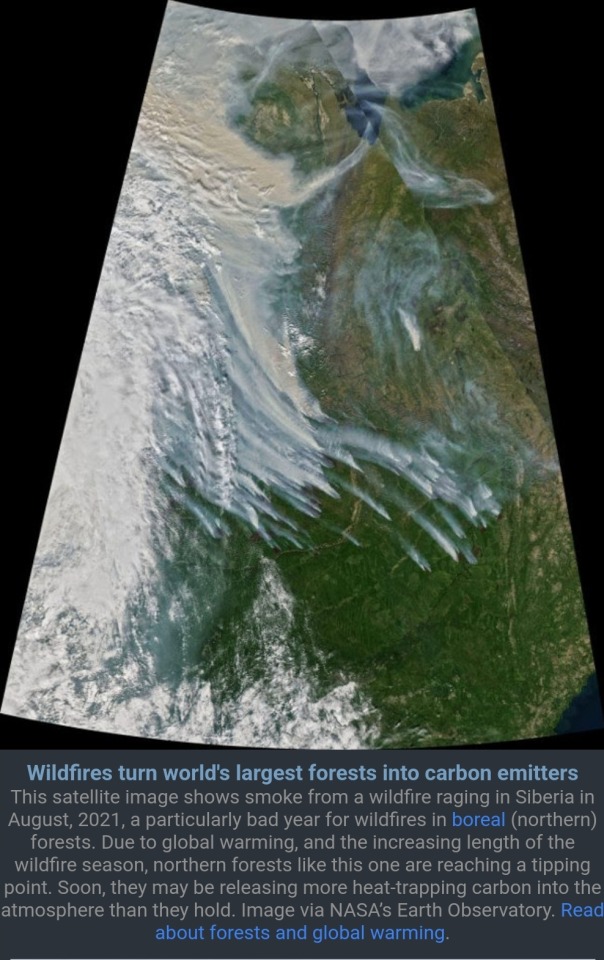
1 note
·
View note
Text
The Alaskan Forests are Intriguing and Beautiful
The Alaskan Forests are Intriguing and Beautiful discusses several differences between Alaskan and Floridian forests. It also explains part of the reason the author/artist was so taken by these woods.
Birch and Willow
The southern coast of Alaska is a truly beautiful place, and so is north central Florida. Part of the reason I enjoyed my Alaskan trip so much was that it is very different from Florida. I think it’s human nature to admire the beauty of new places and sights. And I think that’s a good thing since it keeps life interesting and makes us want to get out and explore the world. One…
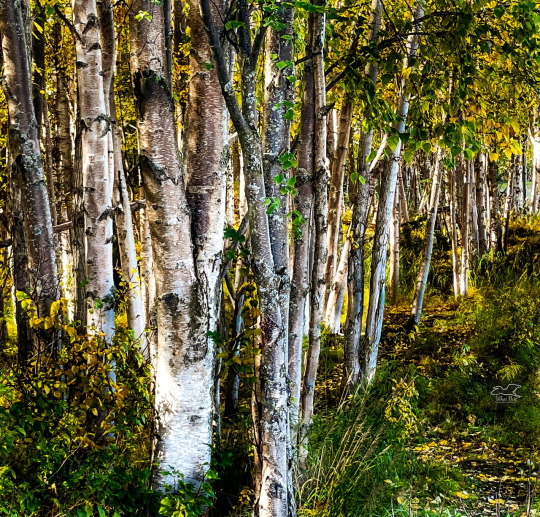
View On WordPress
#Alaskan coastline#Alaskan fall landscapes#Alaskan forests#Alaskan landscapes#Alaskan woods#birch forests#birch trees#boreal forests#coastal forests#colorful forests#colorful woods#forest photographs#forest photography#landscape photographs#landscape photography#photography#willow trees
0 notes
Photo
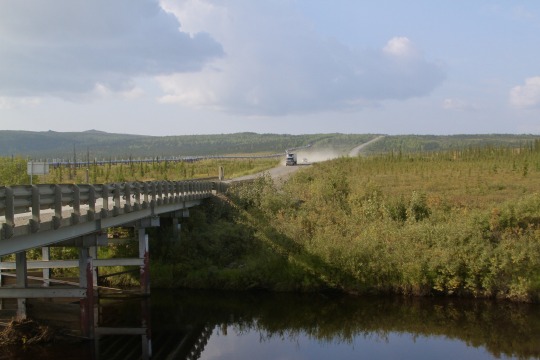

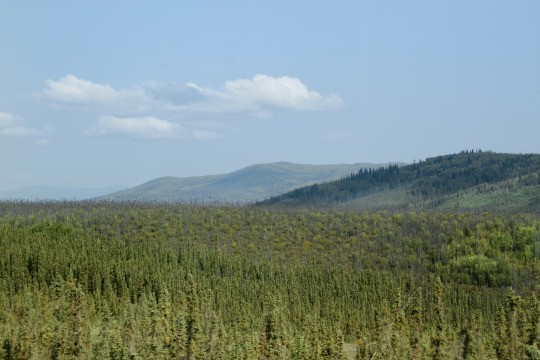

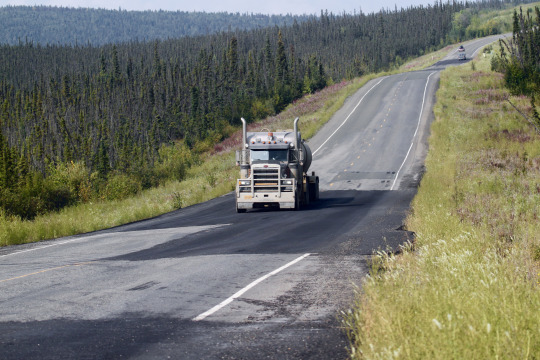


dalton highway, alaska
august 2020
2K notes
·
View notes
Text
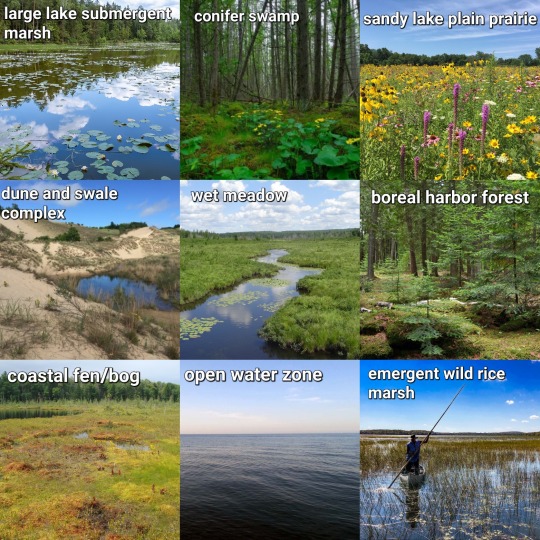
#poll#great lakes#ecosystems#ecology#marsh#lake#lakeposting#freshwater#wetlands#fen#bog#cattail#wild rice#forest#boreal#boreal forest#prairie#dune#dunes#dune and swale#estuary#delta#wet meadow#swamp
3K notes
·
View notes
Text
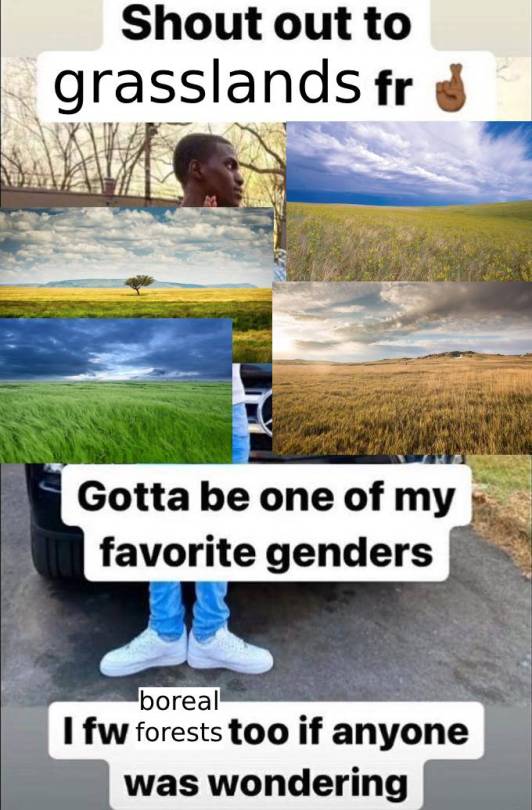
#grasslands#prairie#savannna#ecology meme#funny#haha#science#ecology#biomes#environment#earth#planet earth#boreal forest#god i fucking LOVE grasslands they're so good
2K notes
·
View notes
Text

camp de base, km3, saint-nazaire
169 notes
·
View notes
Text
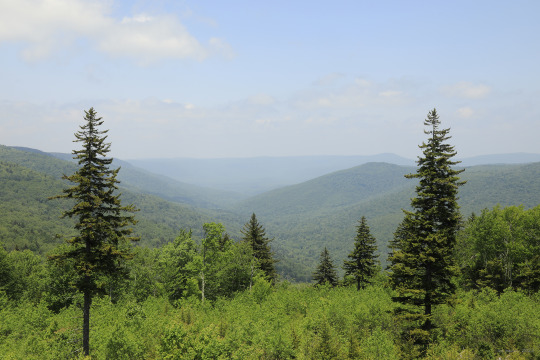



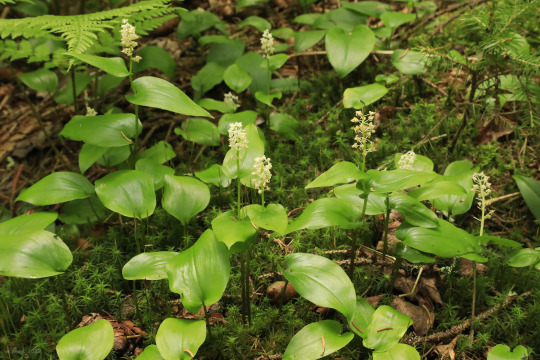

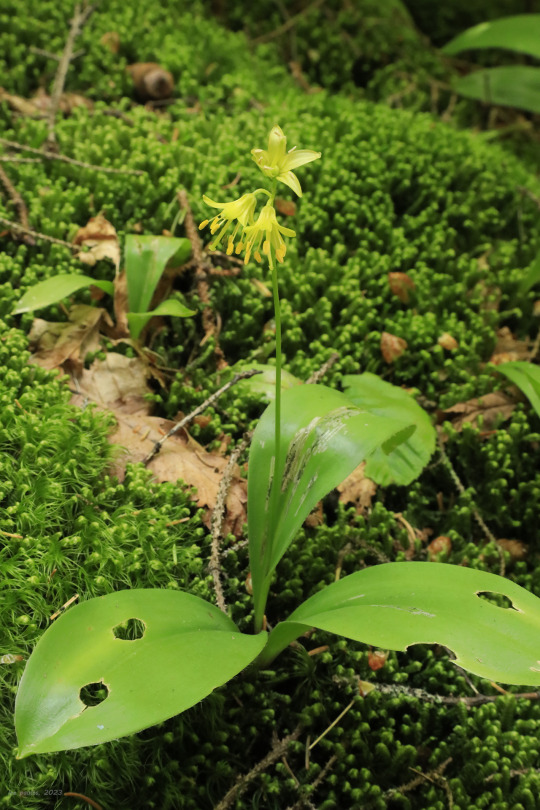
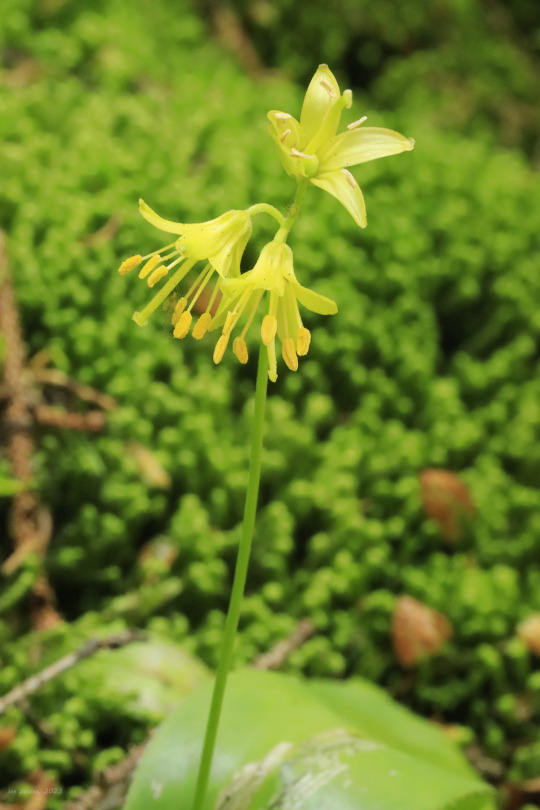





Walk with me: Visit to a high-elevation red spruce forest. The red spruce (Picea rubens) forest on top of Red Spruce Knob, the ninth highest peak in West Virginia, provides a bittersweet glimpse back in time to the primeval beauty and solitude of such places prior to the arrival of the logging companies in the mid-Nineteenth to early Twentieth centuries. The loggers stripped the mountains bare and set in motion the massive wildfires that burned away everything, including the soil itself, down to solid bedrock. Almost a century later, the forest is regenerating and in some places, such as Red Spruce Knob, has regained the richness and vitality of a healthy boreal ecosystem.
From top: a view of Red Spruce Knob, in the far distance, from the Highland Scenic Highway overlook; Canada mayflower (Maianthemum canadense), a ubiquitous understory component of the forest, along with mountain woodsorrel, yellow clintonia (a.k.a. blue-bead lily), hobblebush viburnum, Indian cucumber, green false hellebore, and various mosses and ferns; yellow clintonia (Clintonia borealis) in bloom; pink lady's slipper (Cypripedium acaule); green false hellebore (Veratrum viride) on eastern hay-scented fern (Dennstaedtia punctilobula); and mountain woodsorrel (Oxalis montana).
#appalachia#vandalia#west virginia#wildflowers#spring#flora#allegheny mountains#monongahela national forest#red spruce knob#highland scenic highway#red spruce#canada mayflower#yellow clintonia#blue-bead lily#pink lady's slipper#false green hellebore#eastern hay-scented fern#mountain woodsorrel#mountain wood-sorrel#boreal forest
208 notes
·
View notes
Photo

A Subtle Presence - Nicholas Jones , 2018.
British, b. 1965 -
Acrylic on canvas , 36 x 30 in. 91.4 x 76.2 cm.
687 notes
·
View notes
Link
Excerpt from this story from Grist:
From 2007 to 2017, land-based ecosystems like the vast boreal forests of Canada and the Amazon rainforest removed roughly a third of anthropogenic carbon emissions from the atmosphere. According to a slate of new scientific research published this week in Nature, however, the threats that climate change poses to these terrestrial carbon sinks are greater than previously understood.
A new study from a research team at the University of Michigan found that even a relatively small temperature increase of 1.6 degrees Celsius associated with climate change can have drastic effects on the dominant tree species in North American boreal forests, including reduced growth and increased mortality.
This vast and nearly entirely intact boreal forest biome, stretching across the Canadian landmass and some of the northern U.S., below tundra and above more temperate forest, consists primarily of coniferous spruce, pine, and fir species. The research team found that modest warming increased juvenile mortality in all nine tree species common in boreal forests, and that it also severely reduced growth in northern conifer species such as balsam fir, white spruce, and white pine.
While the study also found that increased warming boosted the growth of some broadleaf hardwood species like certain oaks and maples, which are more common in the temperate south, these trees are probably too sparse to take the place of disappearing conifers. The ecosystem is likely to enter an entirely “new state,” according to the study.
“That new state is, at best, likely to be a more impoverished version of our current forest,” Reich told the university news office. “At worst, it could include high levels of invasive woody shrubs, which are already common at the temperate-boreal border and are moving north quickly.”
20 notes
·
View notes
Text
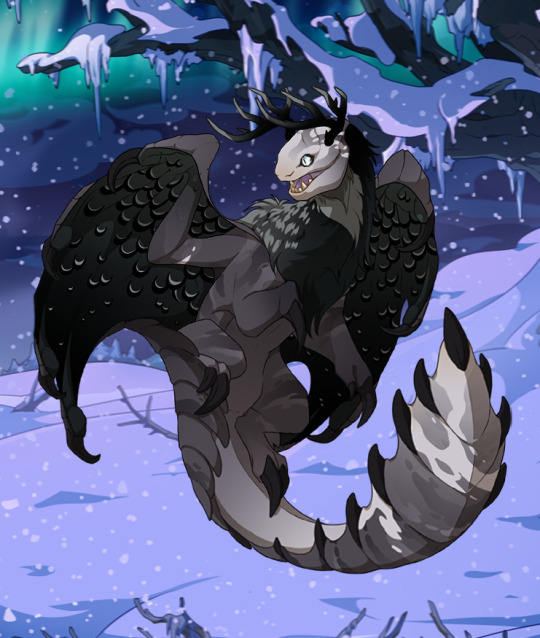
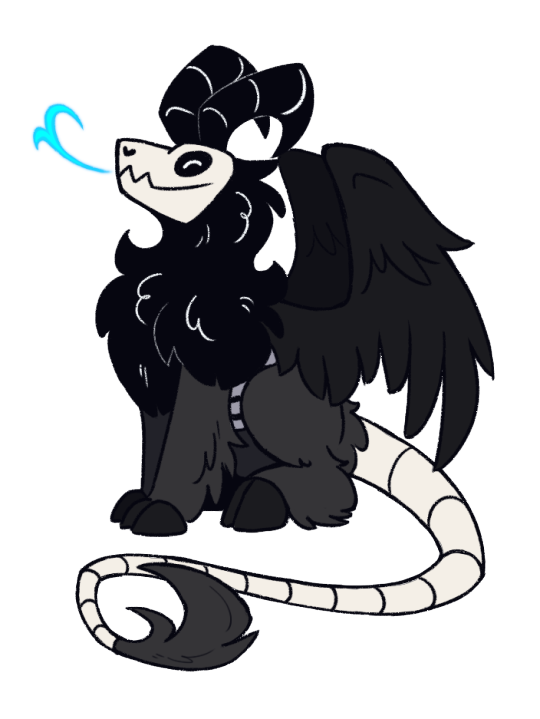
Cobalt Real!!!!! 💙💙💙
#flight rising#cobalt speaks#fr dusthide#my art#she is here and she is complete!... for now#decided to go with edged instead for the secondary for the more proper feathery look (and darker color)#and the hope is that they add seraph to these guys later#also hoping they give boreal woods a scene sometime soon#cause that would fit her perfect (or really just any kind of snowy forest scene. need more trees tho)#also debating making a skin to give her her skull+ribs (and maybe more feathered wings but that looks annoying to edit onto these guys)#//for any who are confused or don't know. this is my main sona
42 notes
·
View notes
Text

The Northern Lights hover eerily over the Alaska Highway in B.C.
#aurora borealis#northern lights#Fort St John#Alaska Highway#boreal forest#Canadian North#northern sky#British Columbia
190 notes
·
View notes
Text

Always love when the valleys run with rivers of fog
#photography#nature#landscape#north#peace region#my photos#valley#fog#forest#aerial photography#fields#boreal#Canada
72 notes
·
View notes
Photo

Conversations, 2023
Acrylic and pastel on canvas
Prints
#mine#my art#lichens#lichen art#moss art#boreal forest#muskeg#red squirrels#red squirrel art#bogcore#mosscore#squirrelcore#forestcore#forest floor#painting#ahouse
191 notes
·
View notes
Text
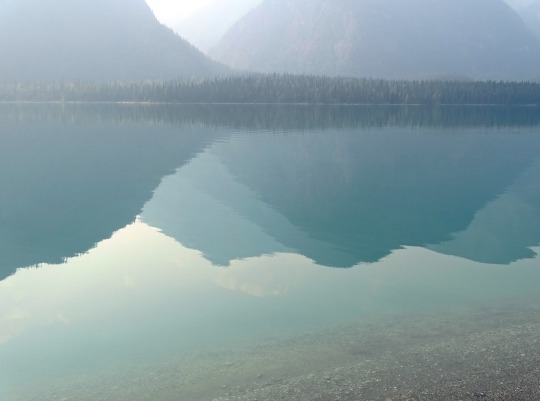

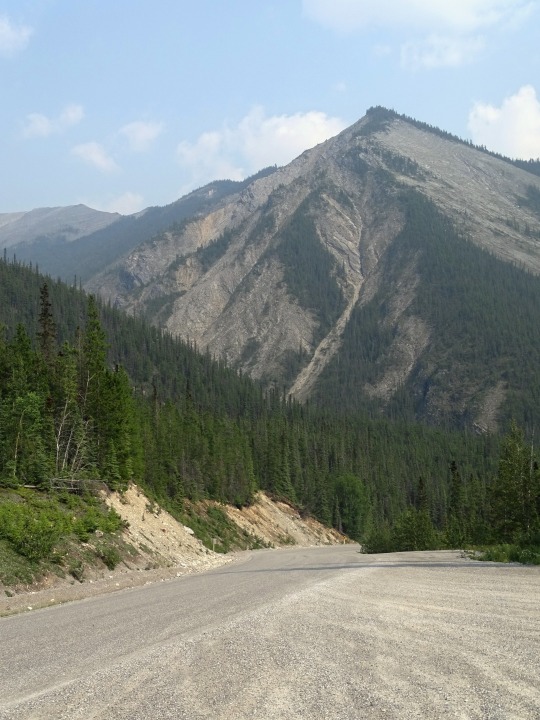


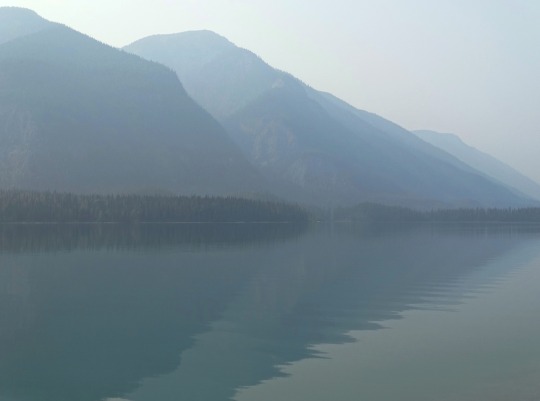

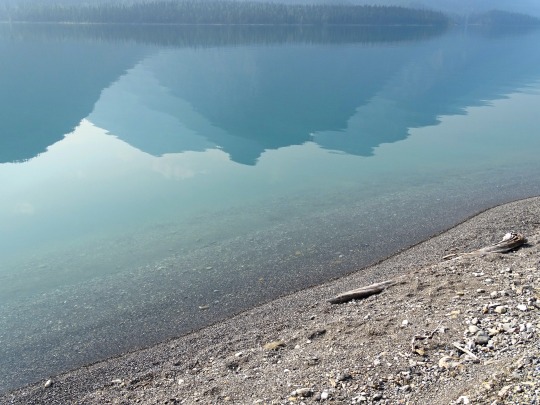


Muncho Lake, BC (No. 3)
Muncho Lake Provincial Park is a provincial park in British Columbia, Canada, located on the Alaska Highway as it transits the northernmost Canadian Rockies west of Fort Nelson. The park is part of the larger Muskwa-Kechika Management Area.[2] It is named after Muncho Lake, which is in the park and is both the name of the lake and of the community located there.
Folded mountains, geological formations, are visible above the road in the southern part of the park.
Source: Wikipedia
#White-spotted sawyer#Muncho Lake#Muncho Lake Lookout#Sentinel Range#BC#travel#original photography#vacation#tourist attraction#landmark#landscape#countryside#British Columbia#woods#forest#nature#flora#tree#wildfire smoke#summer 2023#Canada#boreal forest#Canadian Rockies#Rocky Mountains#Northern Rockies#Alaska Highway#rocks#insect#reflection#Muncho Lake Provincial Park
21 notes
·
View notes